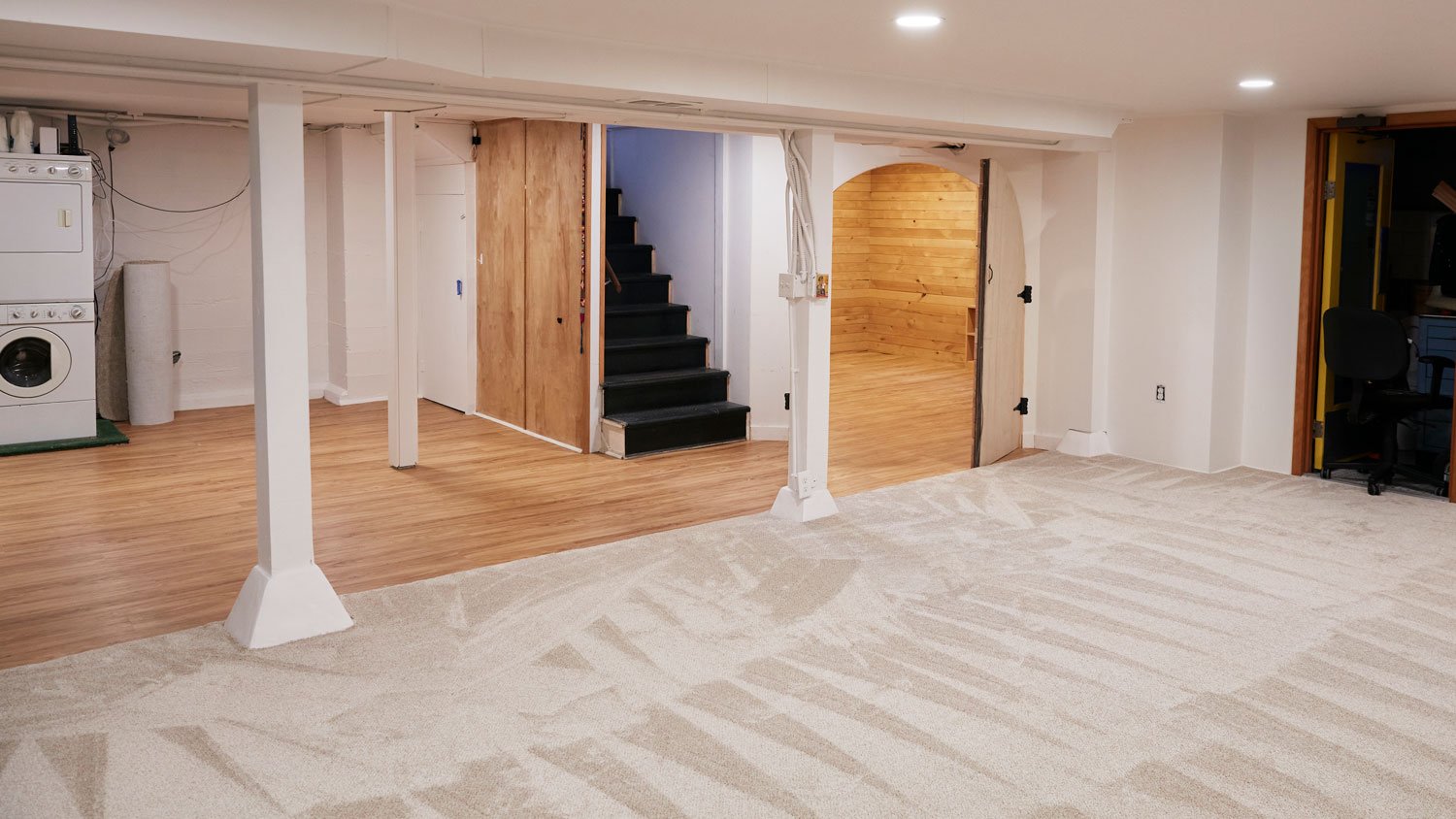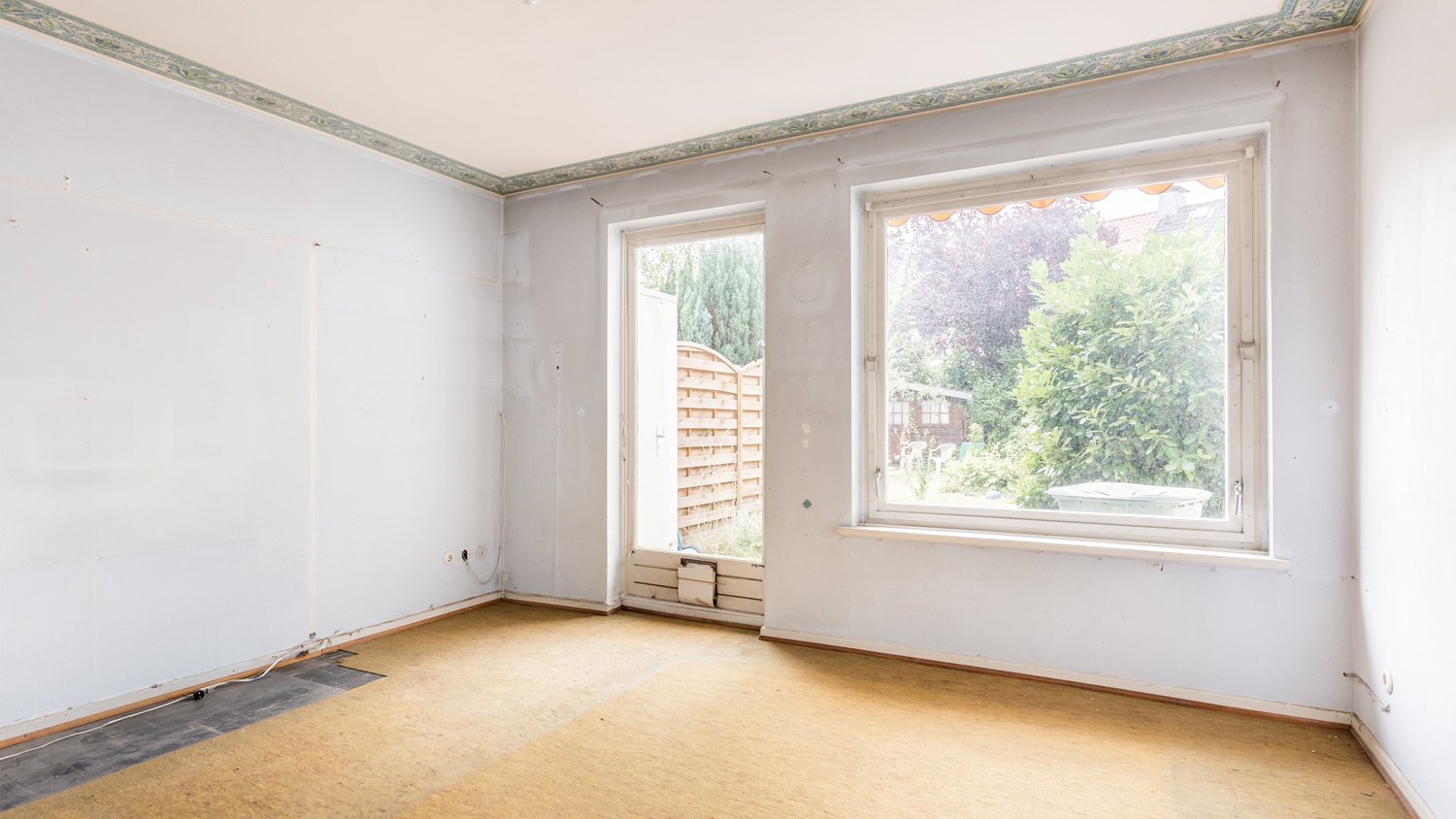
Staying ahead of foundation problems can save you time and effort. Learn how much foundation inspections cost and what affects how much you’ll pay.
Deep thinking for deep foundations


Basement foundations transfer the home's weight downward while adding potential living space.
There are two main types of basement foundations: full and walkout.
Consider several factors before choosing a basement over another type of foundation.
Basement foundations cost between $10 and $25 per square foot to construct.
Early detection and fixing of basement foundation problems can reduce repair costs.
Basement foundations come in several shapes and sizes and are the choice for many homeowners for numerous reasons. Excellent for extending your home's living space, a basement foundation extends fully or partially below ground and provides your home with additional square footage. Basement foundation types vary by material and design, but they all perform the same fundamental functions.
A basement foundation is an extension of your home that reaches below ground, forms the basement walls, and provides a solid structure to hold the house in place securely. A basement foundation's primary function is to transfer the home's weight to the below-ground footings underneath it. However, the structure also has some other work to do.
While supporting the house, your basement foundation must also keep the surrounding soil, water, and other elements from entering the space it protects. Unlike a crawl space foundation, a basement foundation also offers the potential of adding a finished basement living space to your home.
While there are several other home foundation types, two main types of basement foundations are the most common.

As its name implies, a full basement is generally the same size as the home's footprint. The entire structure is mostly underground, with only a foot or two exposed above ground level. Full basement access is generally limited to an interior stairway from the home's first floor. If windows exist in a full basement, they are typically small, high on the basement wall, and allow little natural light to enter the space.
However, a common element of finished full basements includes the addition of egress windows, which are larger windows with deep exterior wells to allow occupants to escape the basement to the outdoors in case of emergency.

A walkout or daylight basement is characterized by one or more of the foundation's walls being visible from the home's exterior due to the house resting on a hill or slope. Unlike full basements, a walkout basement typically contains large windows similar to the rest of the home that allow sunlight to enter the space.
This basement type lends itself well to finished basement styles. Two access points often exist in walkout basements: an entry door leading outdoors and a stairwell from the first story.
There are some factors to consider before choosing to install a basement foundation for your home.
Basements provide additional square footage and a potential finished living space.
A basement can offer safe shelter in locations prone to violent storms.
Basements provide a convenient location and easy access to home mechanical systems.
Because of the insulating qualities of the surrounding earth, basements are generally energy efficient for heating and cooling.
Depending on the location, basements can add resale value to a house.
Basements cost more to construct than other foundation types.
Without taking mitigation steps, exposure to dangerous radon gas from the ground is possible in some basements.
Basements are prone to moisture intrusion, mold, mildew smells, and other water damage.
Basement foundation repairs, if necessary, can be costly.
Installing a basement foundation during a home's initial construction is far less expensive than the cost of digging out a basement under an existing one. For newly constructed houses, the total cost of building a basement includes planning and soil testing, permits, excavation, labor, materials, and sealing, ranging from $10 to $25 per square foot.
After construction, the cost to finish the basement ranges from $7 to $23 per additional square foot.
There are several other types of home foundations to consider besides a basement foundation. Here's how they stack up against basement installations.
| Foundation Type | Description |
|---|---|
| Stem Wall Crawl Space | Stem wall crawl spaces are less expensive to build than basements. However, they can suffer similar water problems as basements and feature more challenging access to home mechanicals without adding any living space to the house. |
| Slab on Grade | Slab on grade or slab foundations rest on shallow footings and directly on the soil. Slab construction isn't allowed in some locations. This foundation type is far less expensive than a basement but offers no additional living space and no space for home mechanicals. |
| Pier and Beam | Pier and beam construction is common in flood-prone areas and consists of deep piles or concrete columns supporting beams to build a house. Pier and beam construction costs are on par with crawl spaces. This type of foundation can add functional but not livable space underneath the home. |
Basement foundations exist primarily underground and must perform many tasks. That reality can leave room for problems to happen. Keeping an eye out for early signs of trouble and fixing any issues as they arise can avoid major repairs and limit your foundation repair costs.
DIY foundation repair other than minor crack sealing isn't typically an option. If you suspect signs of foundation trouble, contacting your local foundation repair specialist early is your best bet.
Step cracks are cracks in the mortar of a concrete block or concrete masonry unit (CMU) basement foundation wall. Cracks can also appear in CMU, poured concrete, and stone foundation walls and in the floors of any foundation type, including slabs.
While very minor cracks may not seem like a problem, having a professional basement inspection is best. Small cracks can become large ones that leak groundwater or rainwater and could be a sign that the foundation wall is becoming incapable of effectively holding back the soil's weight.
Simple crack repair and sealing can cost as little as a few hundred dollars, while fixing major cracks and moisture leaks can cost between $2,000 and $7,000.
Bowing or flexing basement foundation walls is a serious problem that requires immediate attention to ward off severe damage to the house. Bowing walls mean the foundation wall is failing to hold up under the weight of the soil and water pressing against its exterior. Repair costs can easily top $12,000 in severe cases. However, early detection and repair can significantly reduce repair costs.
Sagging floors, cracks in the basement floor, floor heaving, large wall cracks, standing water, or apparent breaks in the foundation can all be signs of a settling foundation. While some settling is possible shortly after a basement's initial construction, more than a tiny amount of movement means trouble. Depending on the severity of the problem and the necessary repair method, a settling foundation will cost a minimum of around $2,000.
Moisture issues in a home with a basement foundation come in various forms. Whether from a foundation water leak, poor ventilation or air circulation, water vapor intrusion, or remnants of a flood, moisture causes significant damage to houses when left unchecked.
If you experience damp odors or notice standing water, mildew, or mold in any location in your basement, contact a foundation repair professional to determine the cause and the solution.
From average costs to expert advice, get all the answers you need to get your job done.

Staying ahead of foundation problems can save you time and effort. Learn how much foundation inspections cost and what affects how much you’ll pay.

A foundation for a new-build home averages around $11,000. Find out all the factors that affect the cost of a foundation and how to save money.

A bowing basement wall needs immediate repair. Learn how much it costs to repair a bowing basement wall and what factors can affect the final price tag.

Identifying foundation issues early is the best way to avoid severe, expensive damage. Use this foundation inspection guide to check for budding problems.

Need to build a solid base for your new shed? Learn about 12 different kinds of shed foundations and which might be appropriate for your project.

Keep your home’s crawl space in good condition to prevent pests, moisture problems, and structural damage. Use this checklist to guide your inspection.